
The biggest opportunity in renovations Is often missed
Research from IECC and ENERGY STAR confirms that air leakage is the biggest source of energy loss in a home — greater than heat loss through windows, walls, or insulation.
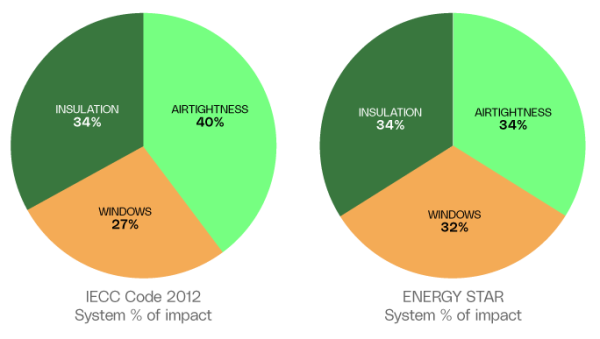
Source: Based on data from a NEHERS presentation, ANSI/RESNET Conference, November 2023 and ENERGY STAR publications
Yet in most renovations, airtightness is ignored, leaving up to 40% of potential energy savings on the table. Addressing airtightness not only improves efficiency but also enables a staged retrofit approach that delivers better performance at lower cost.
Why airsealing should be standard in retrofits
Addressing air leakage not only boosts energy performance, it also improves health, comfort, and building durability:
- Energy Efficiency: Lower bills, smaller HVAC loads
- Health: No condensation, mould, or musty air — just filtered, fresh air
- Durability: Eliminates hidden moisture, reducing timber rot and maintenance
These benefits aren’t just theoretical. BRANZ empirical research shows that improving airtightness from 9 to 1 ACH50 reduced energy use by 50%, and when combined with heat recovery ventilation, the total reduction reached 90% (BRANZ Bulletin 698).
Many homeowners will be just as interested in having a healthy home for their family — something that an airtight, ventilated house provides.
Case Study: One Tree Hill retrofit demonstrates what’s possible
The One Tree Hill College Trade Academy renovated a 1970s ex-Kāinga Ora state house to showcase how standard New Zealand homes can be upgraded to high-performance levels using conventional methods, plus airtightness. The project aimed to exceed building code standards and successfully achieved Homestar 7 certification.
Key goal: Prove that ambitious airtightness targets (below 3.0 ACH50) can be achieved in typical homes
Starting airtightness: 19 ACH50
Final airtightness: 1.7 ACH50
Achieved: Homestar 7
“We’ve taken a 1970s Kāinga Ora home from 19 air changes down to just 1.7 ACH50 — a level of performance well beyond most new builds," says Charlotte McKeon, Project Leader, One Tree Hill Trade Academy. "Absolutely amazing.”
This case highlights how energy-efficient, healthy, and durable homes can be delivered affordable when airtightness and ventilation are prioritised.
A staged retrofit strategy: More performance, less disruption
Typically renovations of older homes focus on improving performance by adding wall insulation. The One Tree Hill renovation went a step further with a deep renovation, adding a mechanical ventilation with heat recovery system (MVHR), and using the AeroBarrier system to increase the airtightness of the home.
Another option, based on the principles in the IECC and ENERGY STAR graphs, is to leave the walls alone, increase airtightness and add MVHR instead — The Energytight™ retrofit.
| Traditional renovation | Energytight™ retrofit | Deep renovation | |
| Remove and reline wall linings, in order to add wall insulation | ✓ | x | ✓ |
| Fit double glazing | ✓ | ✓ | ✓ |
| Install ceiling insulation | ✓ | ✓ | ✓ |
| Install under floor insulation | ✓ | ✓ | ✓ |
| Install MVHR | x | ✓ | ✓ |
| Increase airtightness | x | ✓ | ✓ |
The three approaches have been modelled using the ECCHO system by Mammoth Insulation on behalf of Aero to assess the impact on energy performance.
The results show that the deep renovation delivered the highest energy improvement but there is very little difference between the performance of the Energytight™ retrofit and a traditional renovation.
| Traditional renovation | Energytight™ retrofit | Deep renovation | |
| Heating % improvement | 74% | 73% | 90% |
However there is a significant difference between the cost and disruption between the two approaches. This makes the Energytight™ retrofit a very interesting option for a much lower cost option that delivers a very similar result with far less disruption for the homeowner.
What is the Energytight™ solution?
The Energytight™ solution, powered by AeroBarrier, seals invisible leaks in the building envelope to achieve airtightness of ≤3 ACH50 or better. Combined with balanced mechanical ventilation, Energytight™ homes:
- Use dramatically less energy
- Deliver year-round comfort
- Maintain healthy indoor air
- Prevent moisture and mould damage
Every home is backed by a certified Energytight™ airtightness certificate — so performance is proven, not just promised.
As Respond Architects put it: “To avoid spending significant amounts of time trying to find little leaks, it was going to be easier to use AeroBarrier.”
Why mechanical ventilation needs airtightness
Ventilation systems only work when the home is airtight. Otherwise, heat and air escape through uncontrolled leaks. With proper airtightness:
- Ventilation systems filter and recover heat effectively
- Airflow is balanced and continuous
- Smaller, more efficient systems can be used
- Healthier air, lower energy use
The cost: Surprisingly affordable
- AeroBarrier airsealing for new homes is typically: $3,000 - $5,000
- Retrofit installations: Slightly higher due to requiring more preparation, but similar impact
- Balanced mechanical ventilation with heat recovery approximately: $6,000 - $12,000
These systems pay for themselves through reduced heating and cooling loads — and increased saleability.
Certified performance sells homes
Today’s buyers care about energy performance, not just aesthetics. Certified, energy-efficient homes sell faster and at a premium.
Builders who adopt the Energytight™ approach aren’t just building to code — they’re delivering what today’s market actually wants.
It’s important that the claim for airtightness is backed up with a certificate, like the airtightness certificate, to be able to sell the house faster to gain the premium.
Conclusion: Start with airtightness for a more effective and efficient retrofit
Airtightness is critical for improving energy efficiency, comfort, and health — and it’s often the most cost-effective step in any upgrade.
IECC data shows that addressing airtightness early is the most effective way to unlock energy savings and enable a staged renovation approach. This avoids the cost and disruption of full insulation upgrades while still delivering big performance gains.
It's a simple change that sets up better results now — and more options later.






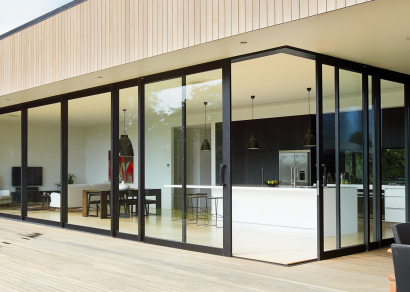
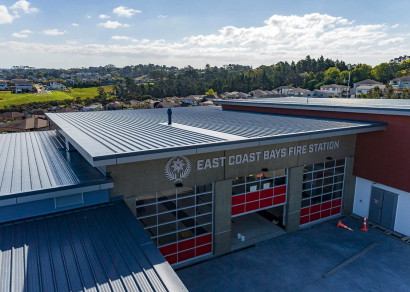
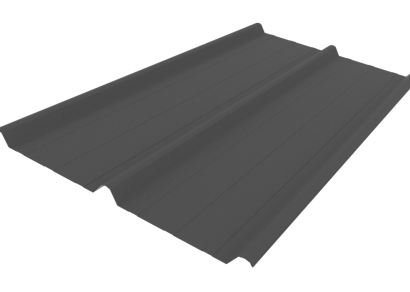
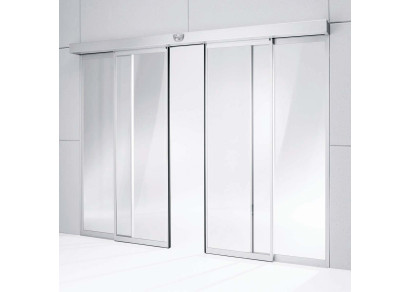
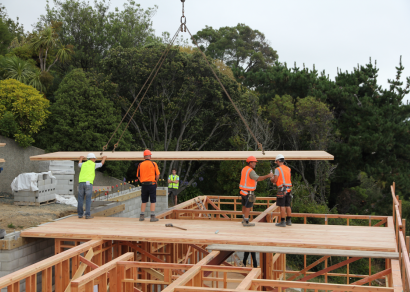
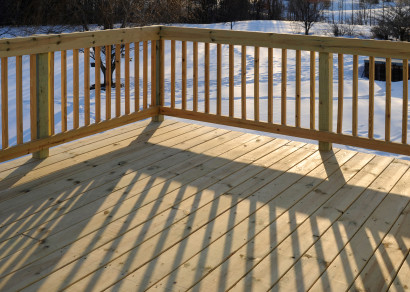
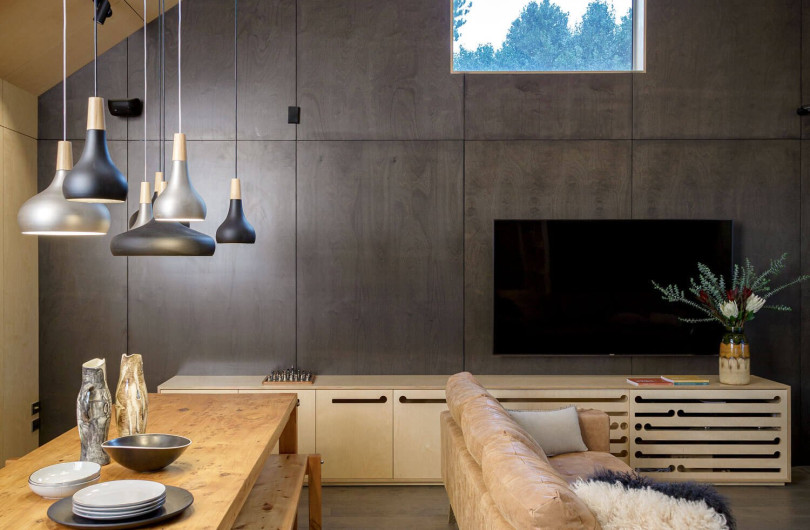
 Case Studies
Case Studies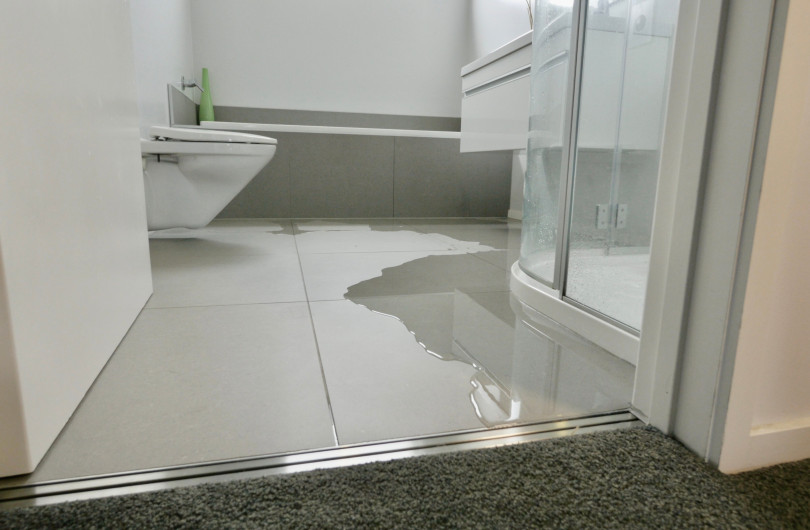



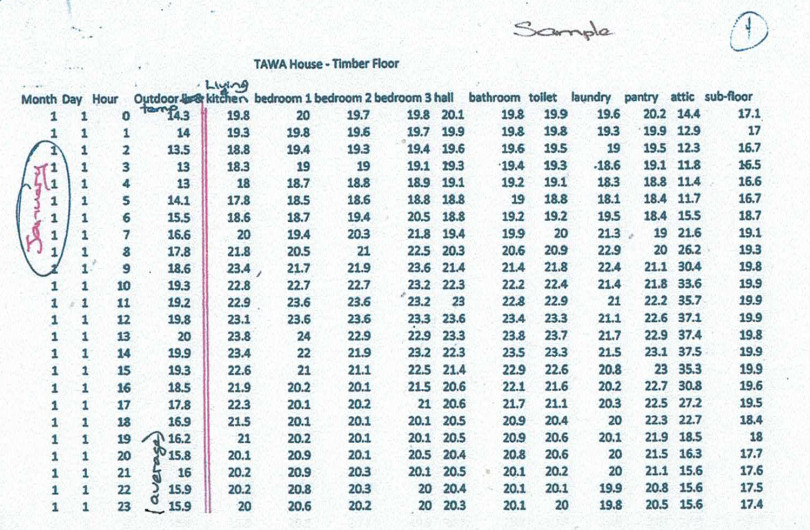





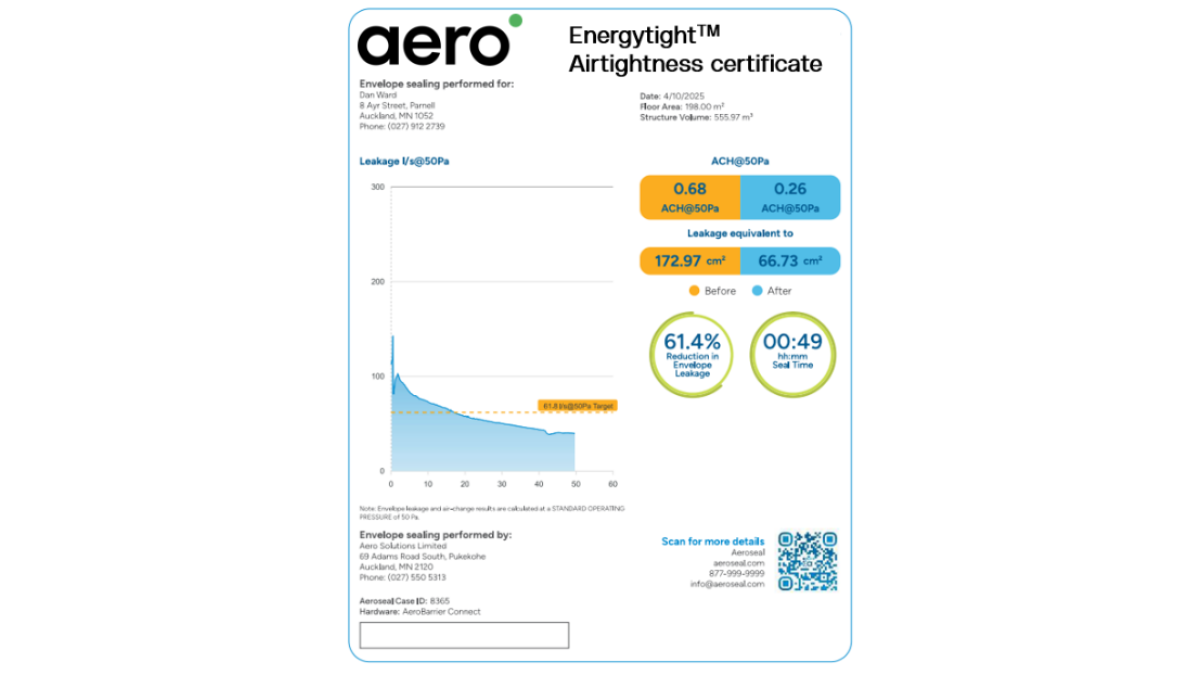


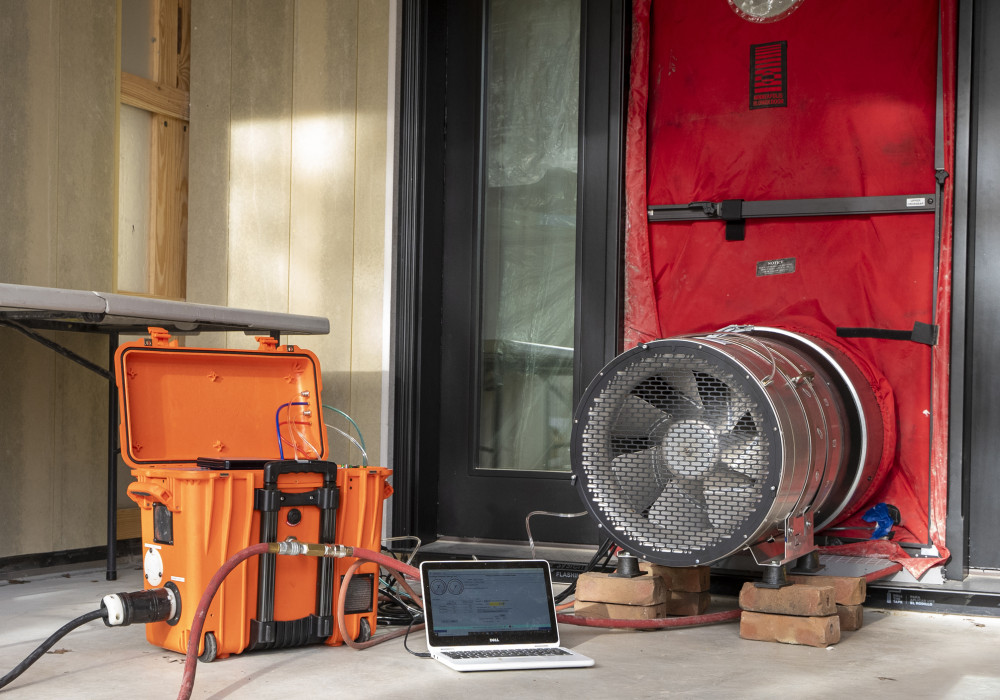

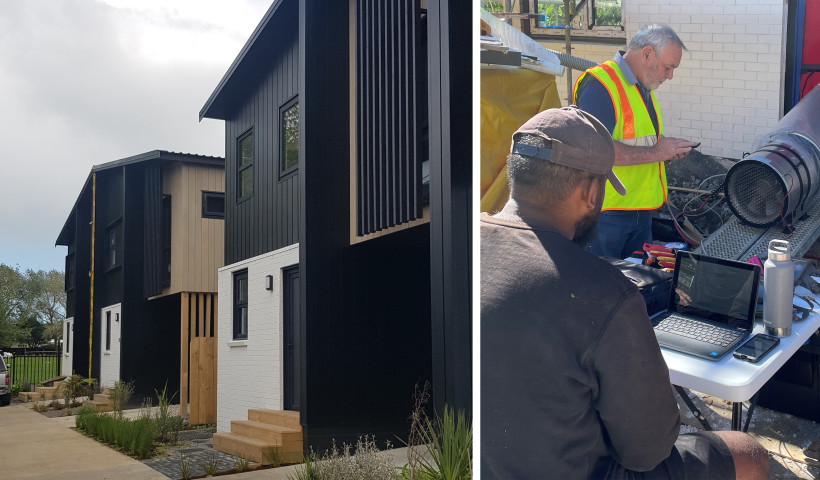
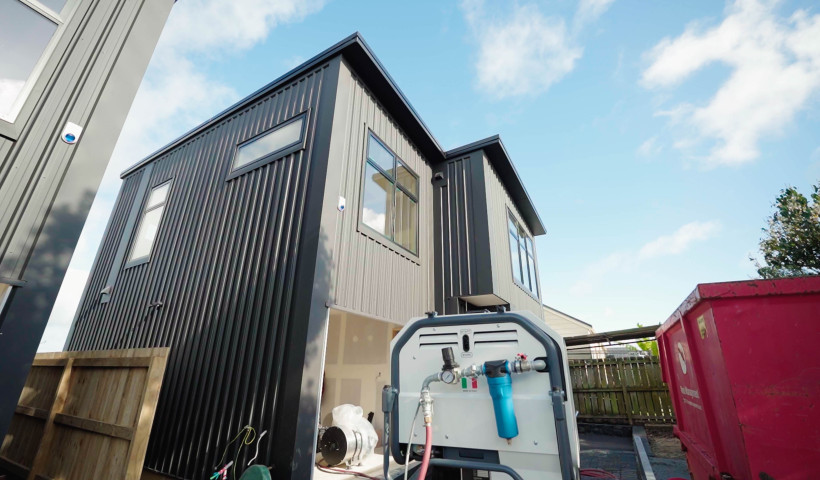
 Popular Products from Aero
Popular Products from Aero
 Most Popular
Most Popular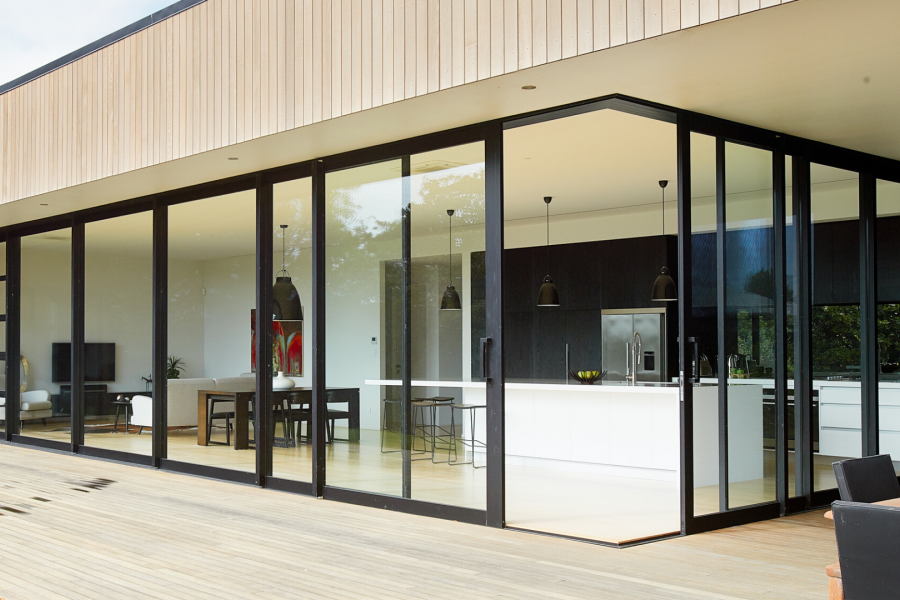
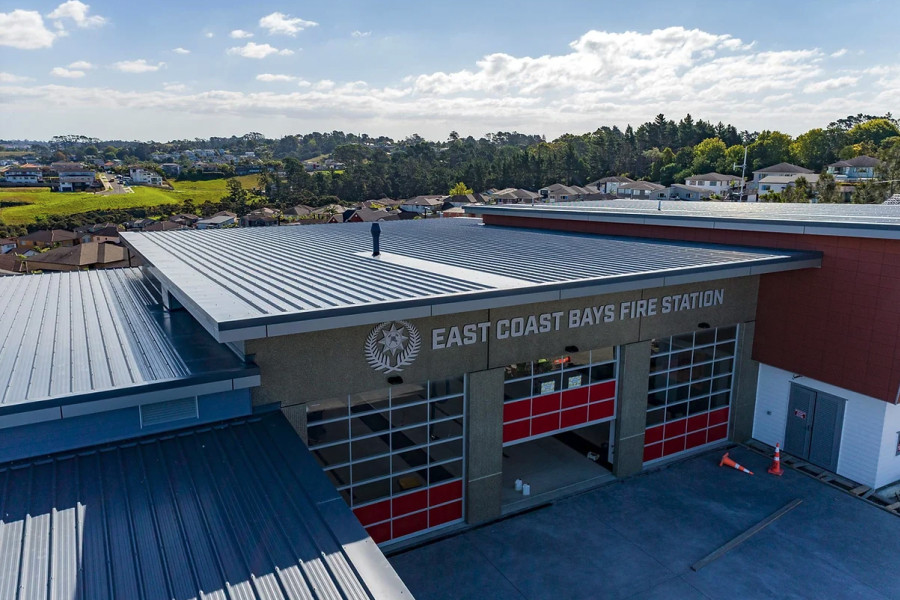
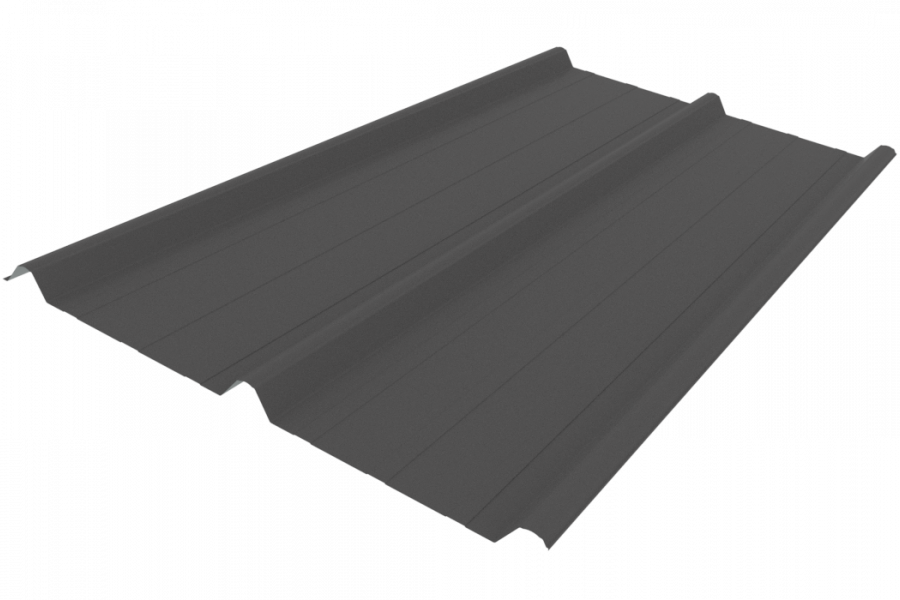
 Popular Blog Posts
Popular Blog Posts